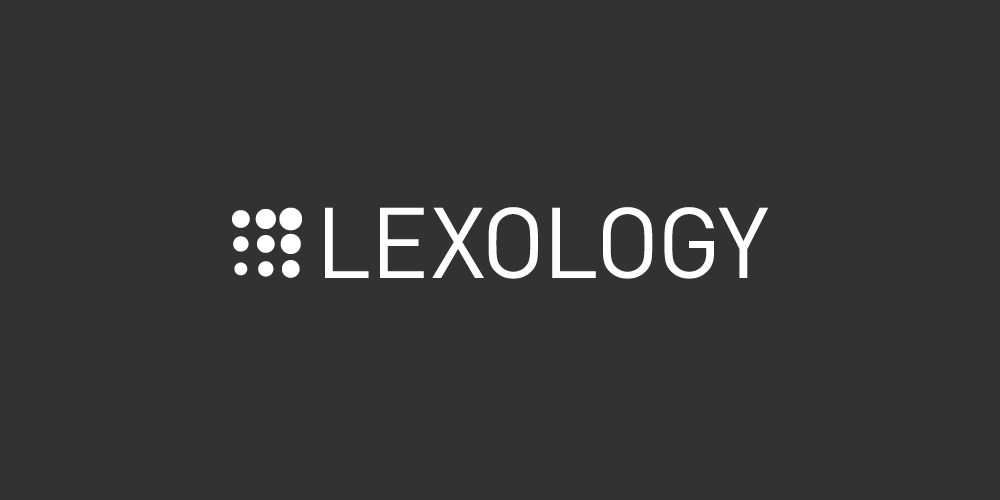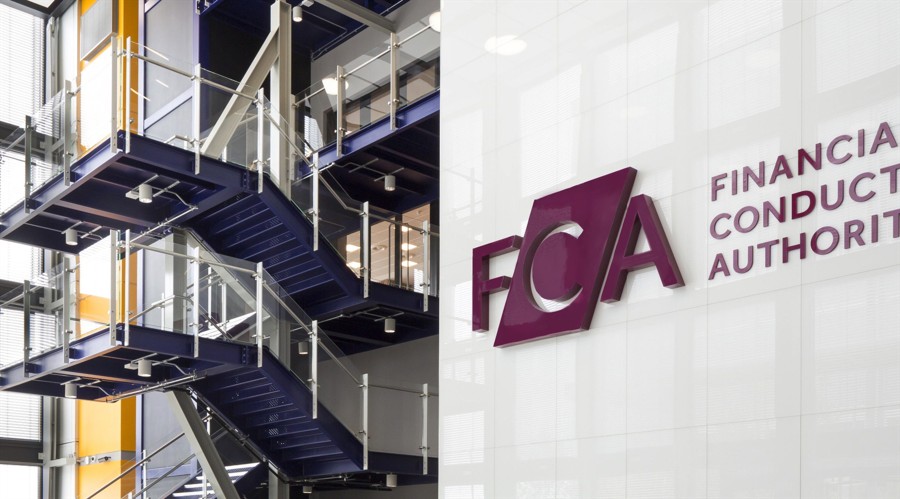
Brian Armstrong, the founder of Coinbase, has unveiled a pioneering development in the realm of artificial intelligence and cryptocurrency. In a groundbreaking move, AI-powered agents, designed to function as automated assistants handling routine tasks, have autonomously exchanged AI tokens (distinct from cryptocurrency tokens) between each other.
In a recent post on X (formerly known as Twitter), Armstrong described this as the initial step in a broader vision that will soon encompass stablecoins:
“AI agents can’t open traditional bank accounts, but they can possess crypto wallets. They now have the capability to use USDC on Base for transactions with humans, merchants, or other AIs. These transactions are instantaneous, global, and cost-free.”
Armstrong was actively promoting MPC Wallets from Coinbase, which integrate seamlessly via the Coinbase Developer Platform. The goal is to empower AI agents to execute financial transactions using wallets funded by humans.
This innovation opens up new possibilities for online businesses, enabling functionalities that are currently unavailable. For example, an AI agent could be programmed to make purchases when prices reach a certain threshold—something not typically offered by many websites. This “if this then that” logic could streamline processes that currently require subscriptions, coding, and extensive testing. The ability of AI systems to leverage and expand upon smart contracts represents an exciting advancement in how we utilize the internet for increased value creation and convenience.
However, this rapid technological progress presents regulatory challenges. The evolving use of crypto by AI is outpacing current policies and regulations, necessitating thoughtful approaches to balance innovation with consumer protection. Notably, OpenAI and Anthropic have agreed to share their large language model (LLM) code with the U.S. government. While this could enhance consumer protection, it also raises concerns about privacy and the risk of code falling into the hands of malicious actors.
The United States’ Securities and Exchange Commission (SEC) has recently signaled potential opposition to FTX’s bankruptcy plan, especially concerning distributions involving stablecoins. A court filing indicated that the SEC has formally reserved its rights regarding the plan’s transactions that involve distributing crypto assets like US dollar-pegged stablecoins to creditors.
FTX’s bankruptcy estate proposed a plan earlier this year promising 98% of creditors a 118% return on their claims, primarily in cash within 60 days of court approval. However, the inclusion of stablecoins under the definition of “cash” raised concerns with the SEC. While the SEC has not yet adopted a formal position on the plan, it has reserved its right to challenge the legality of such transactions under federal securities laws, without providing guidance on how to proceed compliantly.
The SEC has also expressed concerns about the plan’s failure to identify a distribution agent for crypto-assets. This could lead to challenges regarding the authorization of such agents under US securities law. The SEC’s lack of clear legal objections and continued use of the term “crypto asset securities,” which is not recognized in US law, has been criticized by judges in related cases.
Despite not explicitly blocking the use of stablecoins, the SEC’s stance introduces further complexity to FTX’s already intricate bankruptcy proceedings. Industry participants have expressed their frustrations on X.
Both the SEC and the US Trustee have called for removing a discharge provision in FTX’s plan that would limit certain legal claims against the estate. They reserve their right to object to the overall plan’s confirmation if their concerns are not addressed.
FTX’s creditors, who have been waiting for resolution following the platform’s collapse, now face potential further delays as the court considers the SEC’s objections and their implications for crypto asset distributions.
FTX’s restructuring plan, overwhelmingly approved by creditors, is set for consideration by the bankruptcy court on October 7th. If approved, it could see creditors with claims of less than $50,000 receiving distributions within 60 days of the plan’s effective date.
In another significant development, the US Commodity Futures Trading Commission (CFTC) fined Uniswap Labs $175,000 to settle allegations of illegally offering leveraged or margined retail commodity transactions in digital assets via its decentralized trading protocol. As part of the settlement, Uniswap must cease and desist from violating the Commodity Exchange Act (CEA).
Uniswap Labs operates one of the most popular Decentralized Finance (DeFi) protocols through Universal Navigation Inc., based in New York. The protocol facilitates token swaps across more than a dozen blockchain networks and holds over $4.4 billion in total value locked.
The CFTC emphasized its commitment to enforcing regulations within the DeFi space:
“Today’s action reiterates our dedication to enforcing the CEA as digital asset platforms and DeFi ecosystems evolve.”
According to the CFTC, Uniswap developed a blockchain-based digital asset protocol that allows users to trade digital assets using Ethereum blockchain-based liquidity pools. Users can trade hundreds of liquidity pools via an interface developed by Uniswap Labs.
The enforcement action focused on leveraged tokens traded within these liquidity pools. These tokens provided leveraged exposure to assets like Ether and Bitcoin but were deemed by CFTC as leveraged or margined commodity transactions that should only be offered by registered contract markets.
Although Uniswap’s protocol is permissionless, allowing users to create liquidity pools without approval from Uniswap Labs, limited trading occurred in these leveraged tokens before they were blacklisted from its interface.
Uniswap’s Chief Legal Officer Katherine Minarik stated that only a small fraction of trading related to these tokens occurred through their interface and highlighted that the settlement did not involve any admission or denial of findings.
In a dissenting opinion, CFTC Commissioners Summer Mersinger and Caroline Pham criticized the enforcement action as wasteful regulation through enforcement. They argued that Uniswap had already blocked trading of the tokens at issue and that clearer regulatory guidelines are needed for DeFi compliance.
Commissioner Pham emphasized that while fraud and manipulation should be pursued vigorously, this case was more about jurisdictional overreach rather than addressing wrongdoing.
The CFTC’s decision does not identify the issuer of these tokens but suggests involvement by Index Coop, a DeFi protocol specializing in leveraged yield strategies. It’s unclear if further actions will be taken against issuers.
This enforcement action against Uniswap underscores ongoing regulatory challenges faced by decentralized technologies in the US. Both SEC and CFTC have taken actions against centralized exchanges like Binance and decentralized projects utilizing automated software instead of traditional intermediaries.
The takeaway from this settlement is clear: US regulators continue to focus on technology as a choke point rather than targeting individual users engaging in objectionable conduct. This approach may stifle innovation and push users towards unregulated markets.
As decentralized technologies evolve, developers and platform operators must consider how to mitigate risks associated with inadvertently facilitating regulated transactions. While dissenting voices within regulatory bodies offer hope for more balanced approaches, it remains to be seen how Congress will address these issues in future legislation.
BCAS (Blockchain Consulting and Advisory Services), a global network of blockchain specialist lawyers and consultants, recently released “Decentralisation under MiCA: The Definitive Handbook for DeFi.” This comprehensive guide explores regulatory considerations under the EU’s Markets in Crypto-Assets (MiCA) regime applicable to DeFi projects, cross-chain bridges, or Layer-2 solutions.
The 67-page handbook is divided into three main parts:
1. **Decentralisation from Technical and Organisational Perspectives**: This section provides valuable insights into whether projects are “fully decentralized,” thus falling outside MiCA’s regulatory scope. It outlines five key areas of decentralization: governance, technology stack, operational procedures, security measures, and user interactions.
2. **Decentralisation under MiCA**: MiCA’s nuanced approach allows sufficient decentralization to exclude certain actors from being classified as Crypto-Asset Service Providers (CASPs). Despite MiCA’s comprehensive framework, ambiguity remains—Recital 22 implies decentralized activities are exempt, yet exact parameters are unclear. Understanding definitions such as E-Money Tokens (EMTs), Asset-Referenced Tokens (ARTs), and Other Crypto Assets (OCAs) is crucial for navigating this landscape.
3. **Issuances and Public Offers**: The concept of decentralization is critical when considering token minting on DeFi platforms where crypto-assets might be issued. MiCA defines issuers broadly but acknowledges that immutable smart contracts might lead to non-identifiable issuers, potentially exempting them from regulatory obligations. Public offers involving sufficient information enabling purchase decisions may trigger compliance requirements under MiCA’s Titles II, III, or IV. Even airdrops could fall within this scope if users provide data or other benefits.
The handbook concludes that while “full decentralization” might be more myth than reality, achieving degrees of decentralization remains significant for challenging traditional finance. No DeFi protocol has yet achieved perfect decentralization across all five dimensions examined; however, sufficient decentralization remains a flexible goal.
Under MiCA, decentralized protocols must avoid qualifying as CASPs to remain exempt from regulation. The less decentralized a protocol is, the higher the risk of falling under MiCA’s CASP framework if offering crypto-asset services for consideration. Careful consideration is necessary for online interfaces providing access to smart contracts.
In summary, BCAS emphasizes that achieving decentralization—even partially—is an accomplishment that pushes boundaries in traditional finance while navigating regulatory landscapes like MiCA remains essential for DeFi’s evolution.



